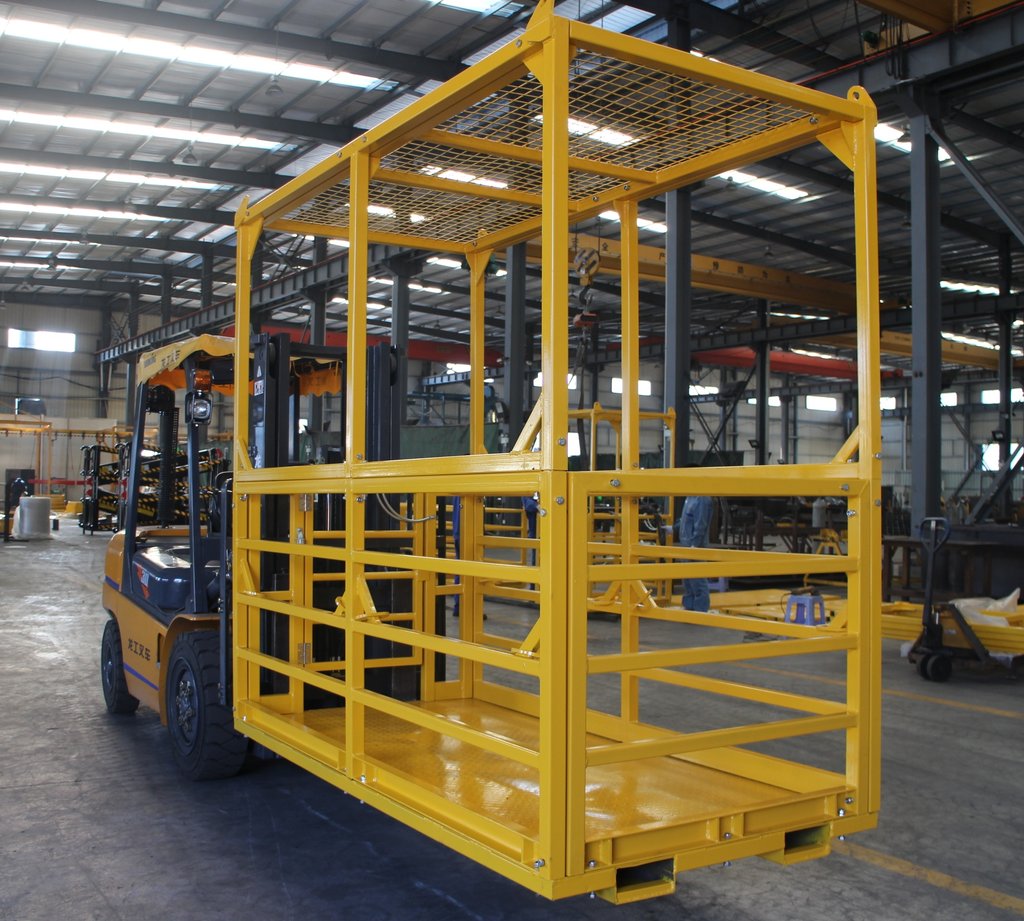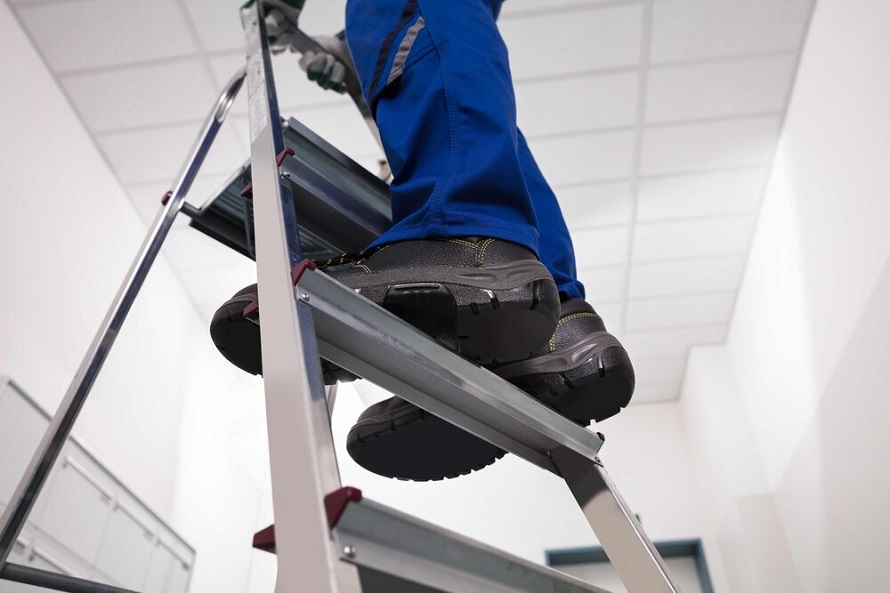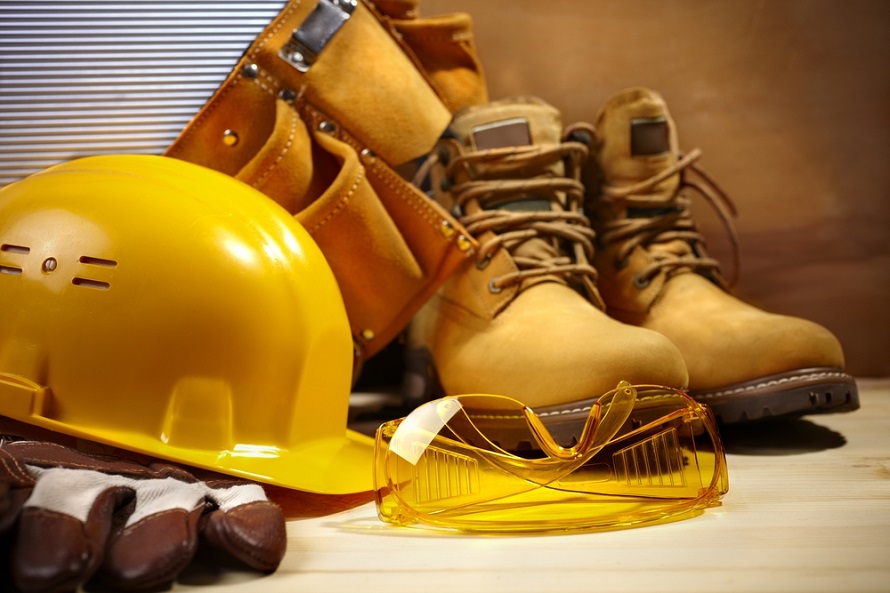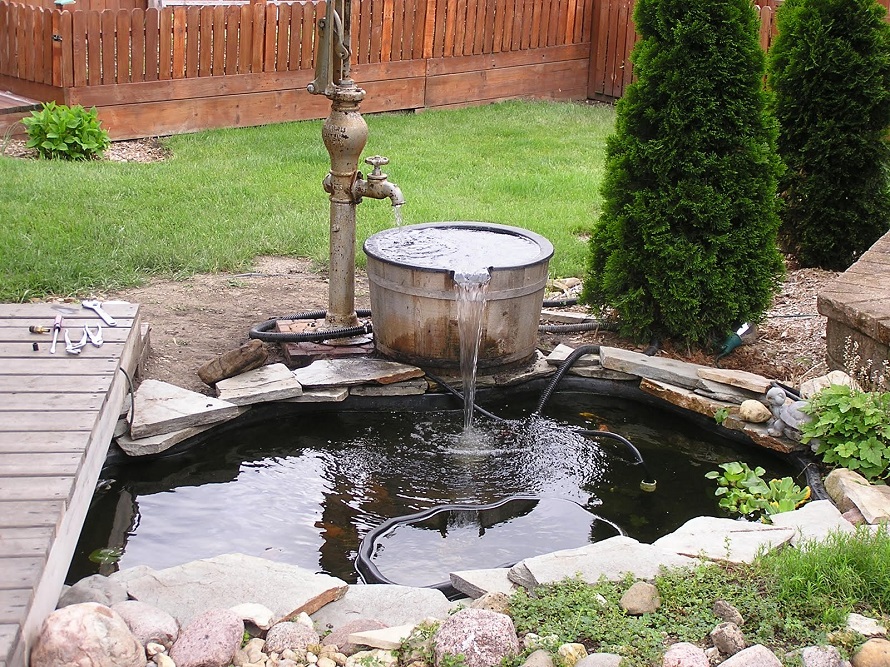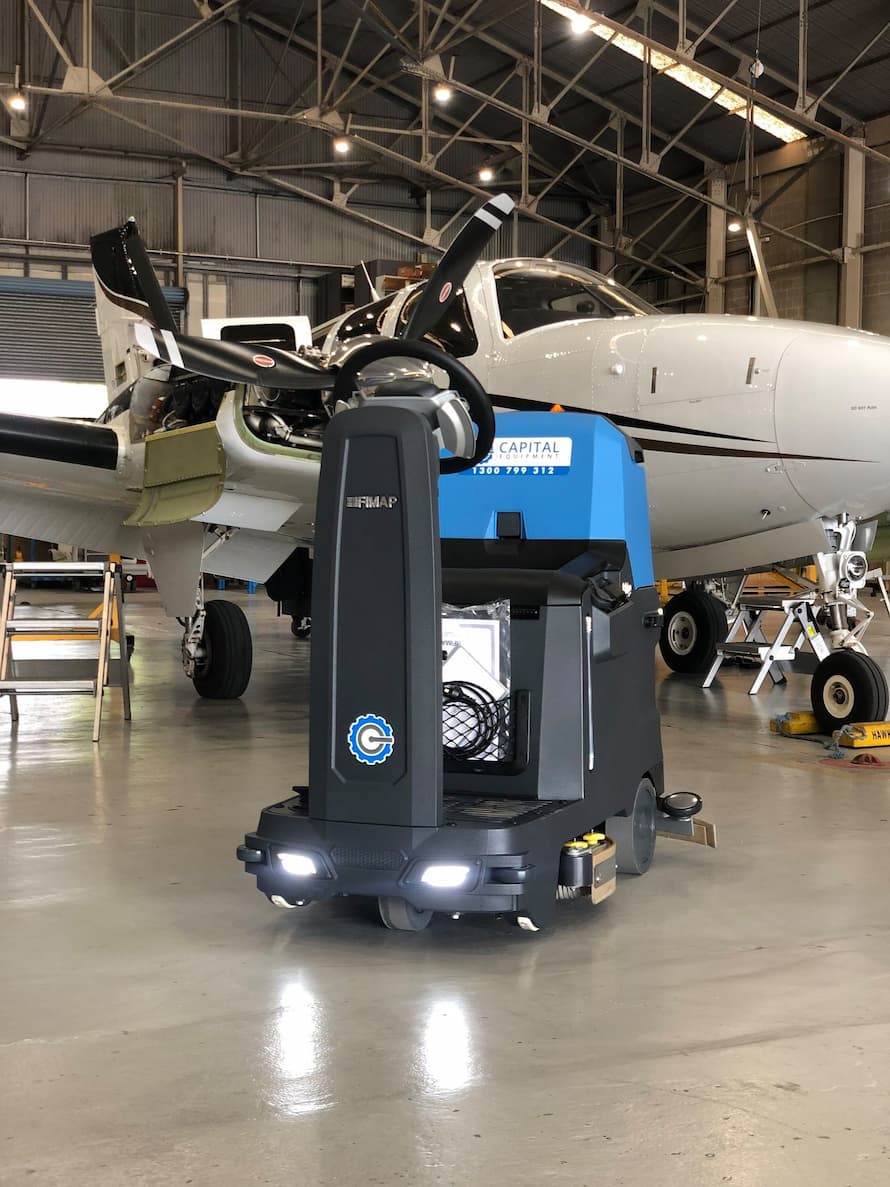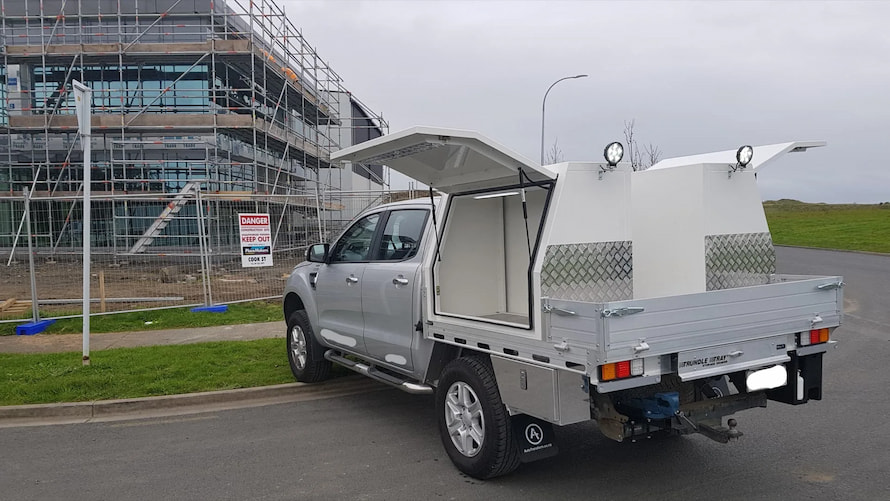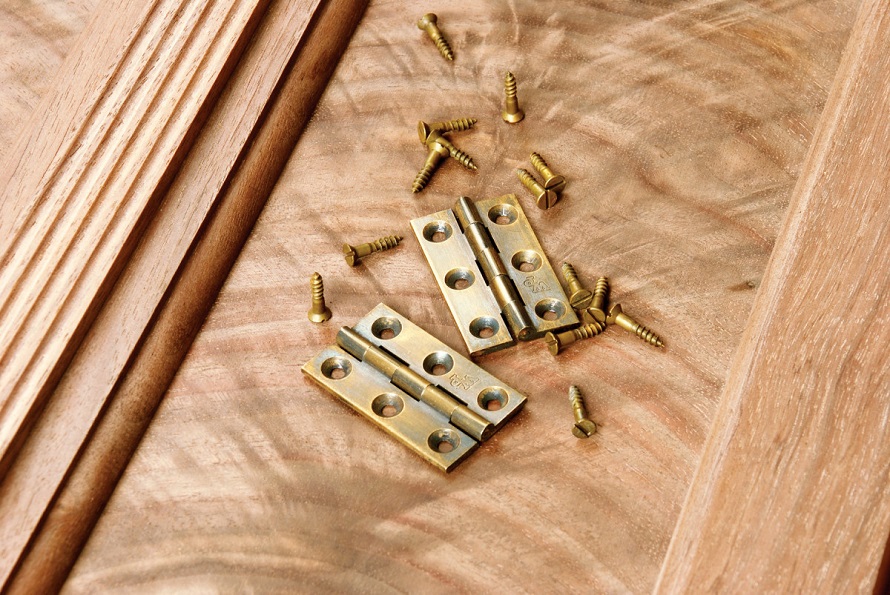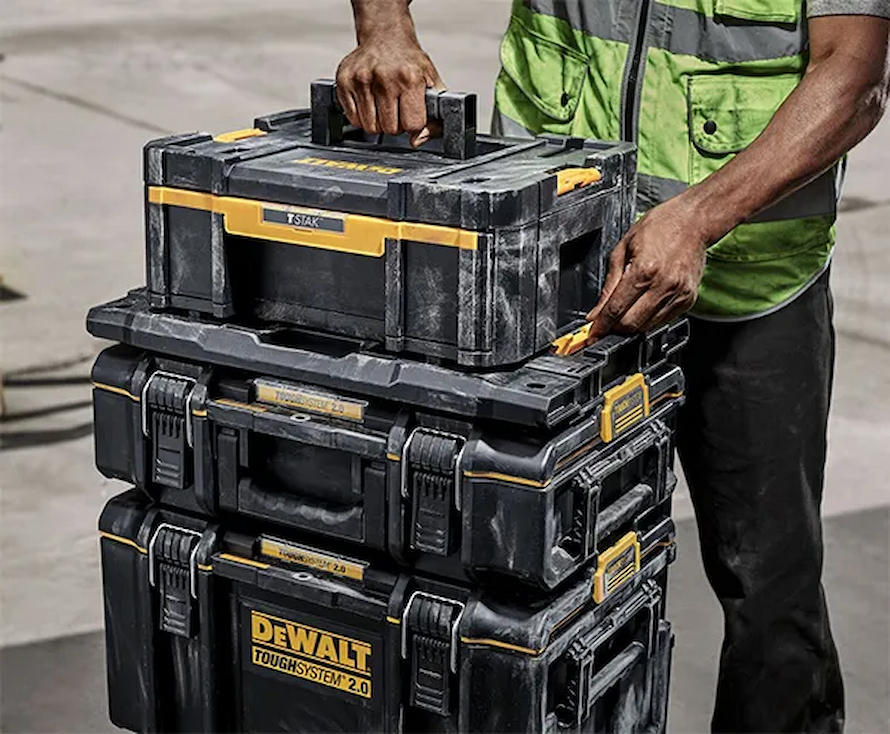Industry
Forklift Cage Buying Guide
Forklifts are used in many industrial and commercial settings. They’re found in dockyards for transporting heavy materials and for loading and unloading trucks and ships. At construction sites, they help carry construction materials such as bricks, wood or steel. At recycling facilities, they’re used for unloading waste from various delivery vehicles, and of course at warehouses to load, unload, lift, transport or store any type of materials. There are different types of forklifts, varying in operation and lift capacity. Each type can be fitted with different attachments for the right type of load.
What are Forklift Cages?
Forklift cages are attachments that are used mainly in combination with counterbalance forklifts. These are the most common types you’ll see around warehouses. They’re used to safely lift and lower materials and people to different heights. They have numerous safety features to ensure that warehouse employees are not exposed to unnecessary hazards in daily operations and that materials are lifted and lowered safely. Cages are built to comply with industrial workplace safety regulations, something that you can read in detail here.
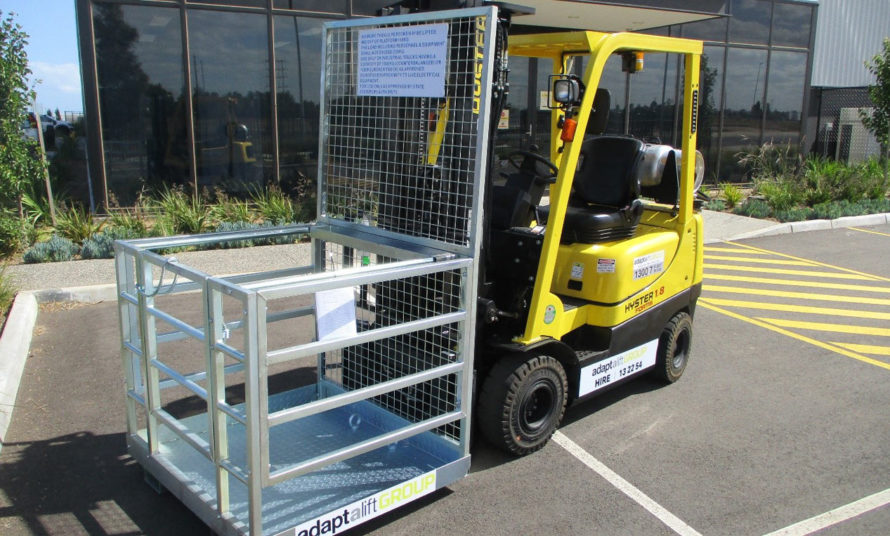
Uses of Forklift Cages
Forklift cages designed to lift people are also called man or work platforms. They’re used in various settings that require work to be carried out at a height. This includes repairs in warehouse ceilings, like repairing cabling and plumbing or replacing light bulbs, cleaning high areas from dust, debris and pests, and storage of items that cannot be accessed by other means. Besides people, there are also cages that handle materials or goods, like bulky furniture or white goods, and order picker platform cages used with order picking forklifts.
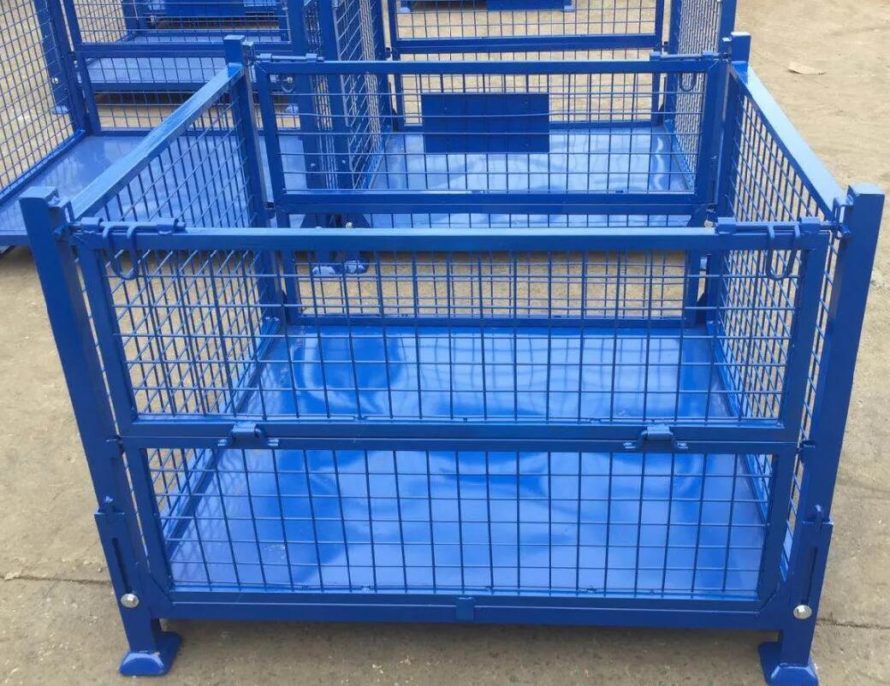
Build, Design and Materials
Work platforms are designed to carry up to two workers and any tools they need to carry out the designated job. This means that platforms need to safely lift loads of up to 250 kilos. To accomplish this, they are made of heavy-duty zinc-plated stainless steel. The base features rectangular sleeves that run the whole length of the cage, where the forklift forks or tines slot into. The solid metal plate on which the workers stand is enclosed on all sides by toe boards and has a skid-resistant surface to avoid slipping, or any tools or items from falling. Lateral rails, in 3 or 4 levels up to shoulder height, prevent workers from falling on the sides. A large 2 metre mesh screen at the back shields the workers from any contact with the forklift hydraulics. Workers enter and exit the forklift cage through a self-closing door that opens on the inside.
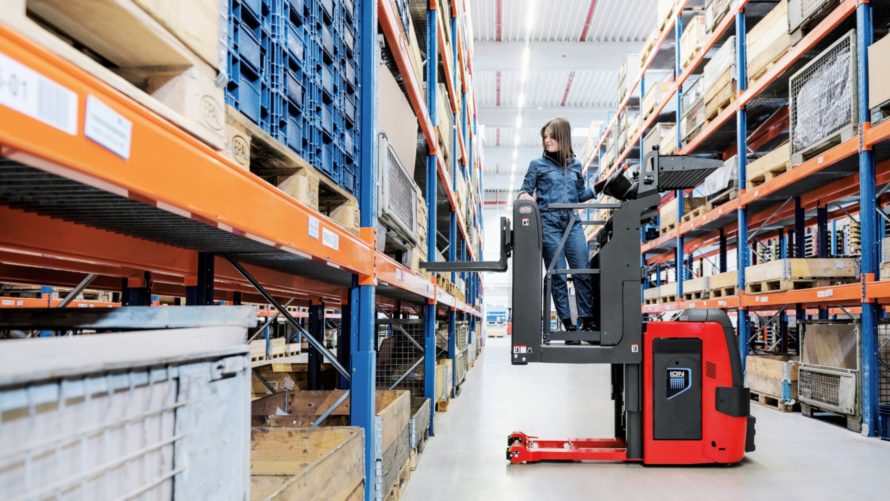
Safety is of utmost importance here. To secure the cage to the forklift, there are two locking pins, a chain and bars which lock the cage onto the forklift tines. The door gate is secured in place by spring-loaded locking latches. There are also anchoring points in the floor plate and safety hooks in the handrails for attaching safety harnesses.
Trays are wide enough to accommodate two workers side by side. They can come as pre-assembled fixed cages, or as stackable flatpacks to save space if you need several units. Extras that can be added include tool trays that stem from the back safety mesh and castors along the bottom for easy movement within the warehouse.
Goods Cages
Forklift cages are also used in handling larger bulky items, like furniture and electrical goods. These come in the standard sizes to fit pallets 1165 by 1165mm, or can be optioned as wider cages for loading items up to 1600mm in width. Goods cages come in two basic designs, either with mesh sides and backs or with rails. For quicker and easier loading, they are open designs, with loads secured by chains stemming from the front columns. Some may be optioned with collapsible gates. Like man safety platforms, they’re made of zinc-plated stainless steel, but can carry much larger loads of up to 1500 kilos. Some cages will have hinged ramps for quick wheeling of furniture. Standard sized goods cages are stackable one atop another. Additional top hinges allow them to also be used by cranes. Goods cages should not be used for personnel.
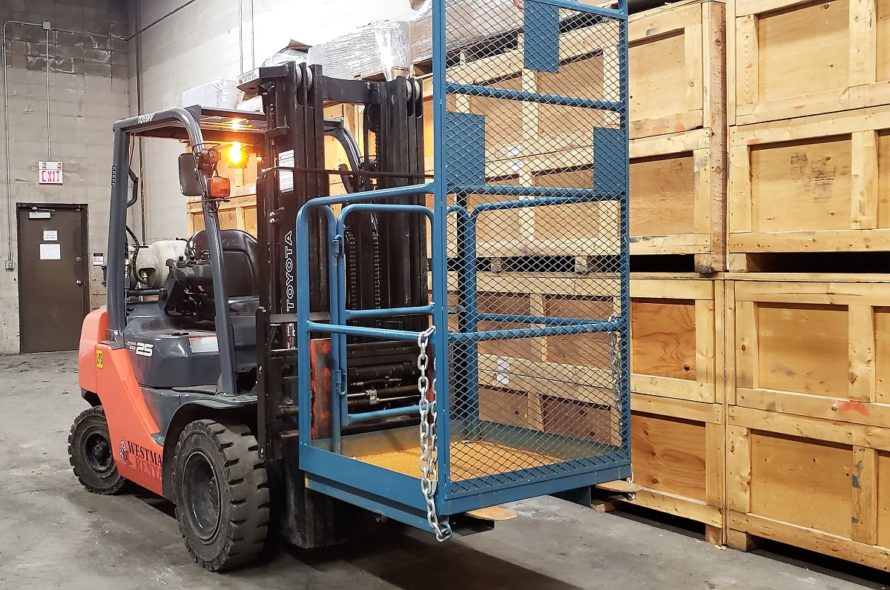
Order picker cages also come in a mesh or bar design, but are generally smaller than goods cages. They have a loading capacity of up to 1000 kilos and are used by smaller order picker forklifts, typically at lower heights.
Safety Considerations
All warehouse cages, whether they’re man platforms, goods cages or order picker cages must comply with Australian workplace and manufacturing safety standards. Cages must be operated within the safe load weight ratings. Work platforms are to be operated only by trained personnel, with full body harnesses and with licensed forklift operators. To ensure complete safety, communication between platform workers and forklift operators is vital during all stages of operation. Cages and platforms must be regularly maintained and checked for any damage.
Platforms and cages are sold through Australian manufacturers directly to customers or through retailers that sell warehousing and material handling equipment. Here, you’ll also find accessories like tool trays, chains, castors etc. and safety harnesses and PPE gear typical for a warehouse setting.


